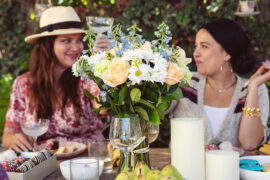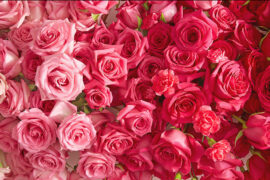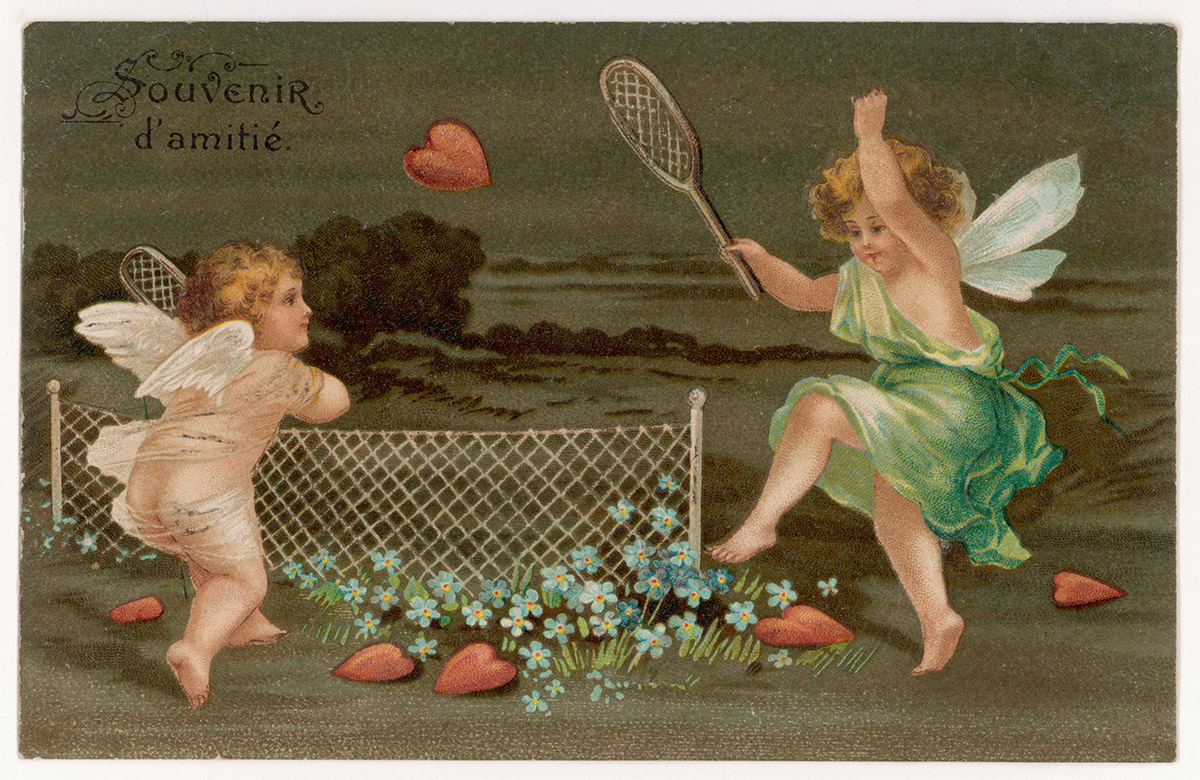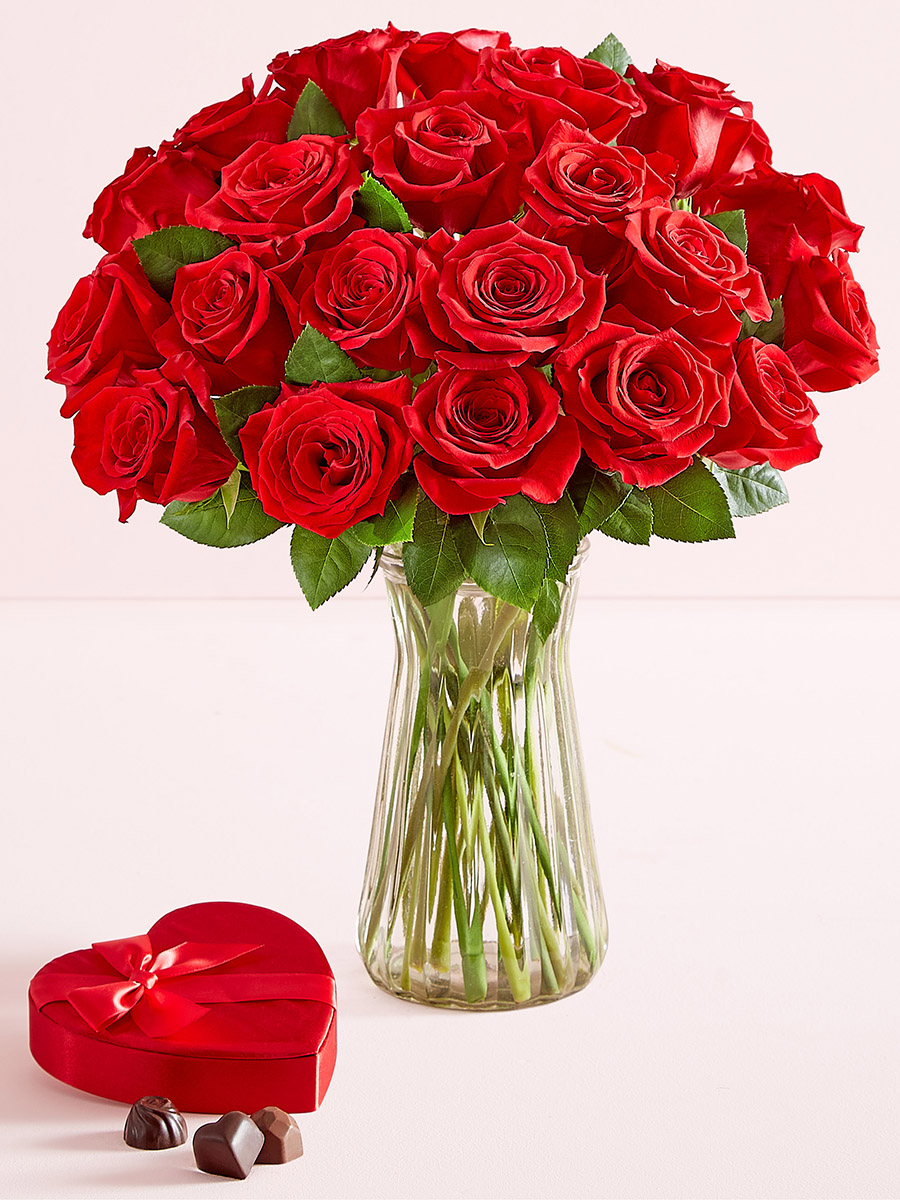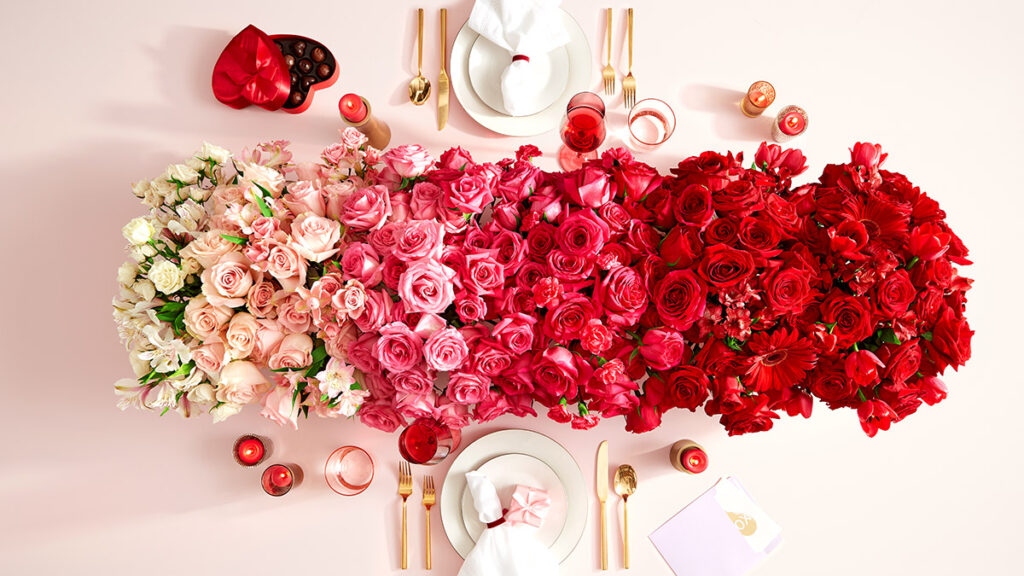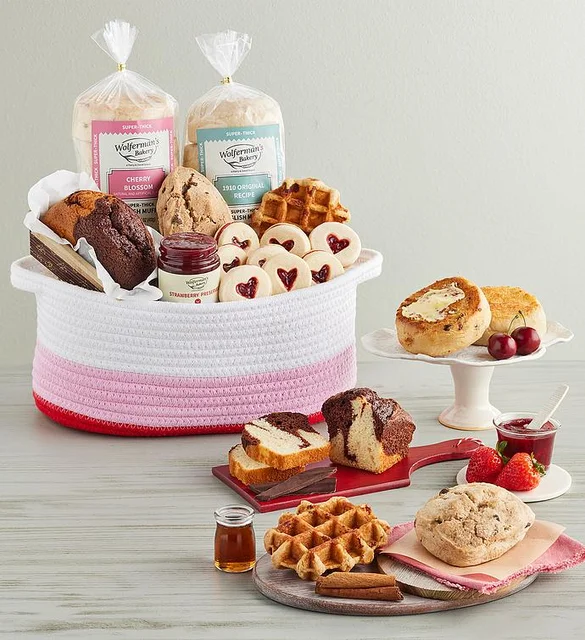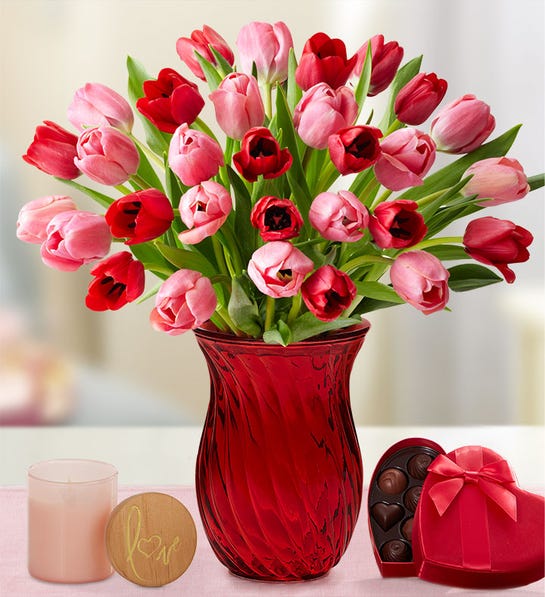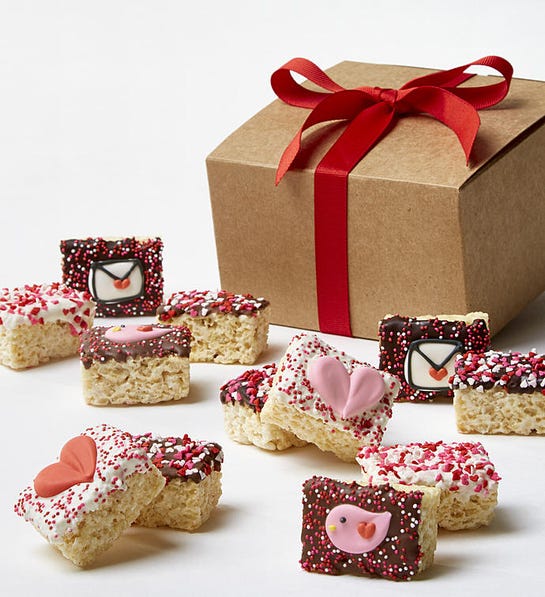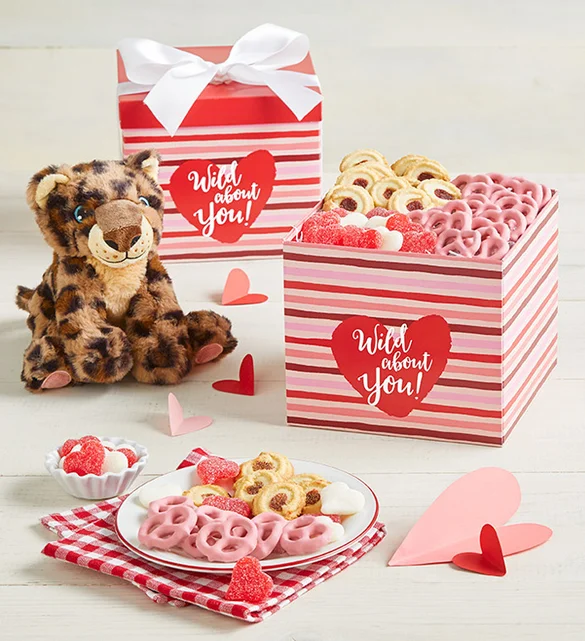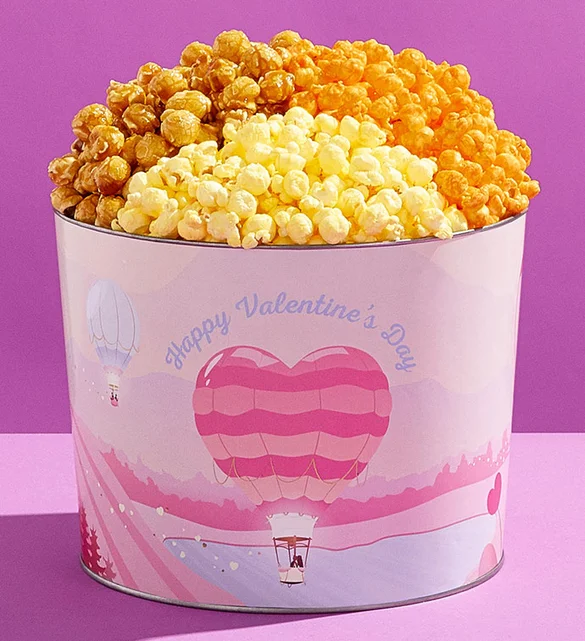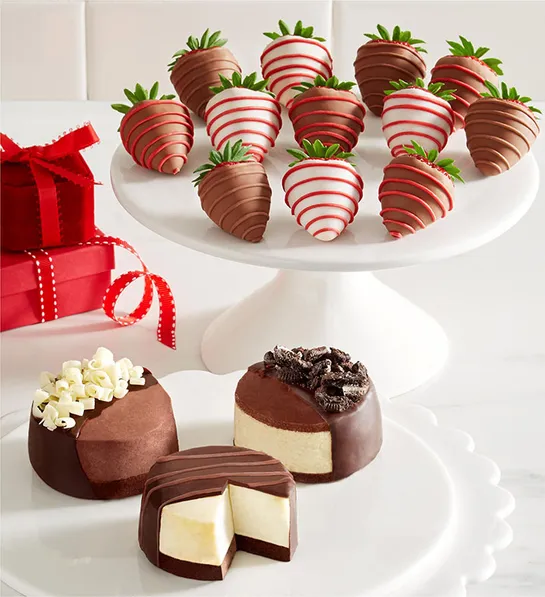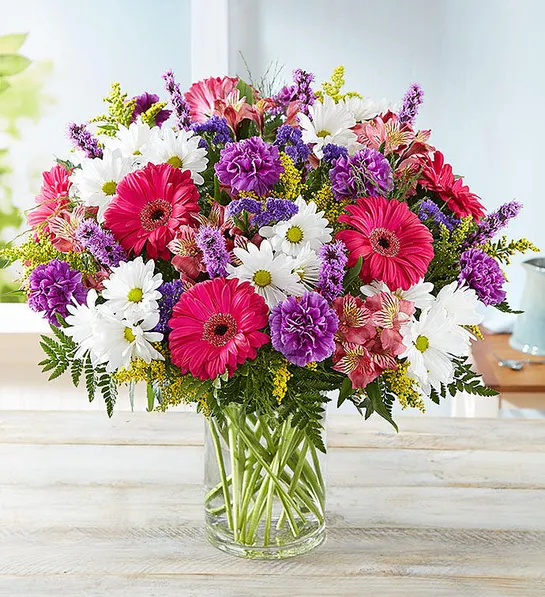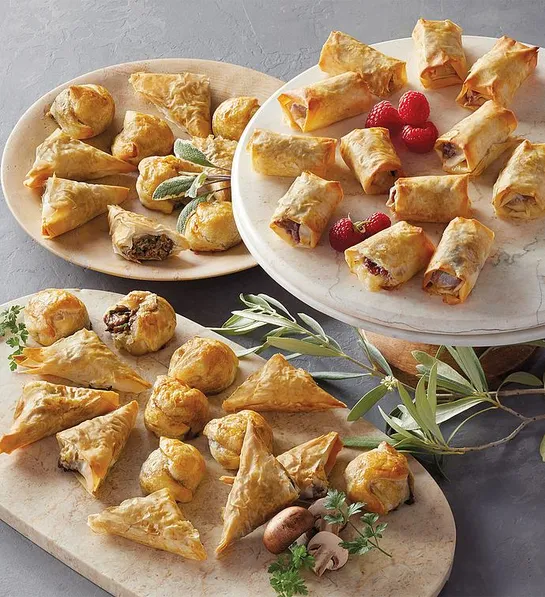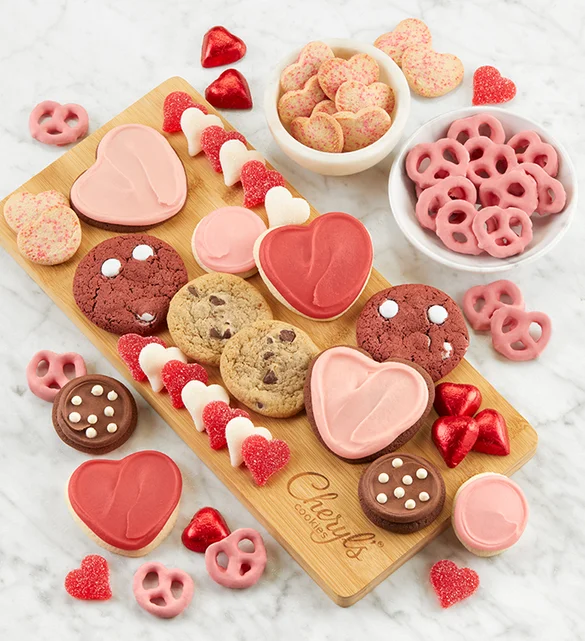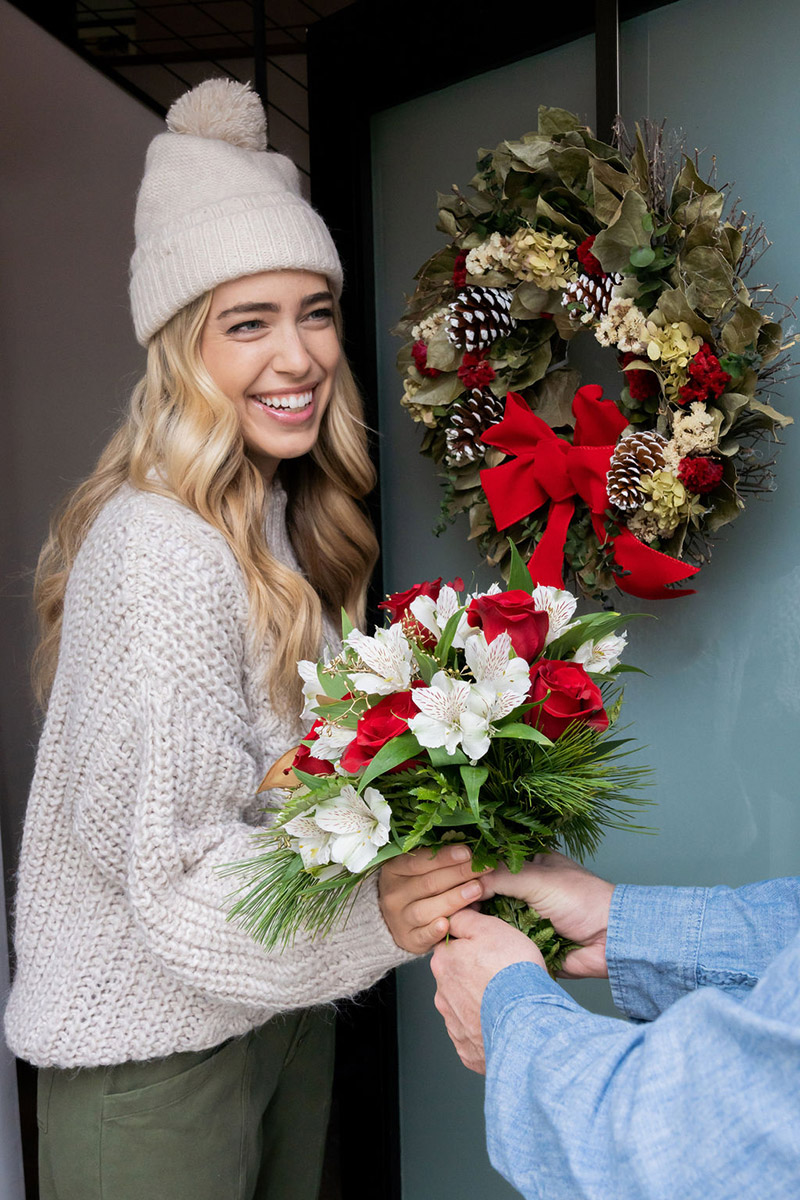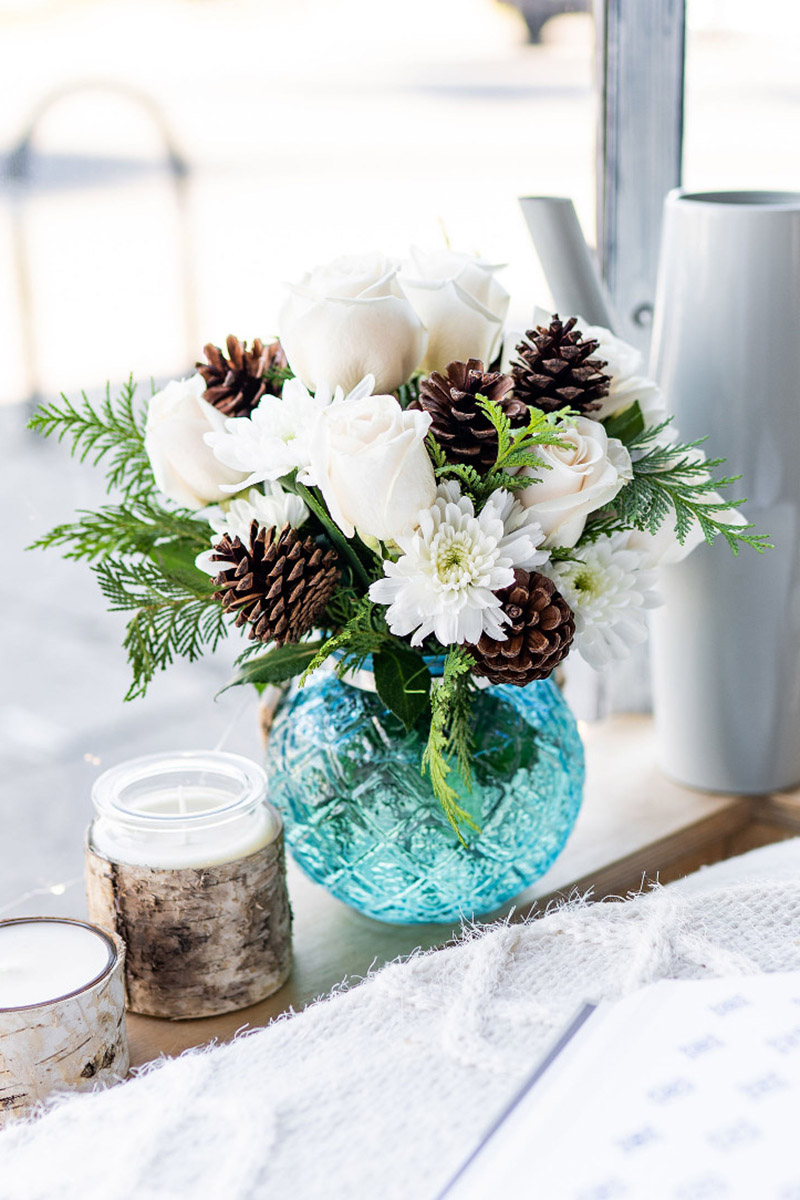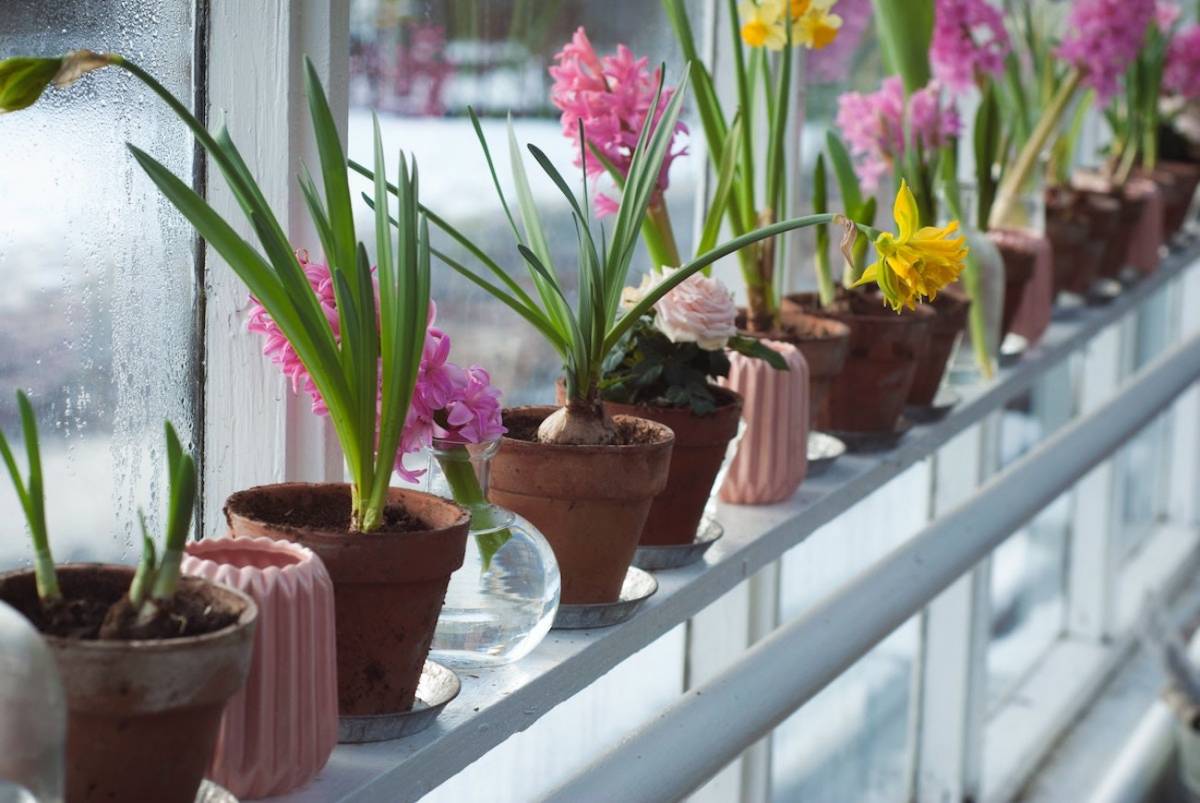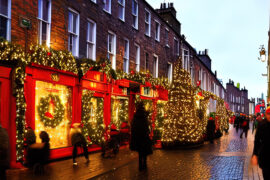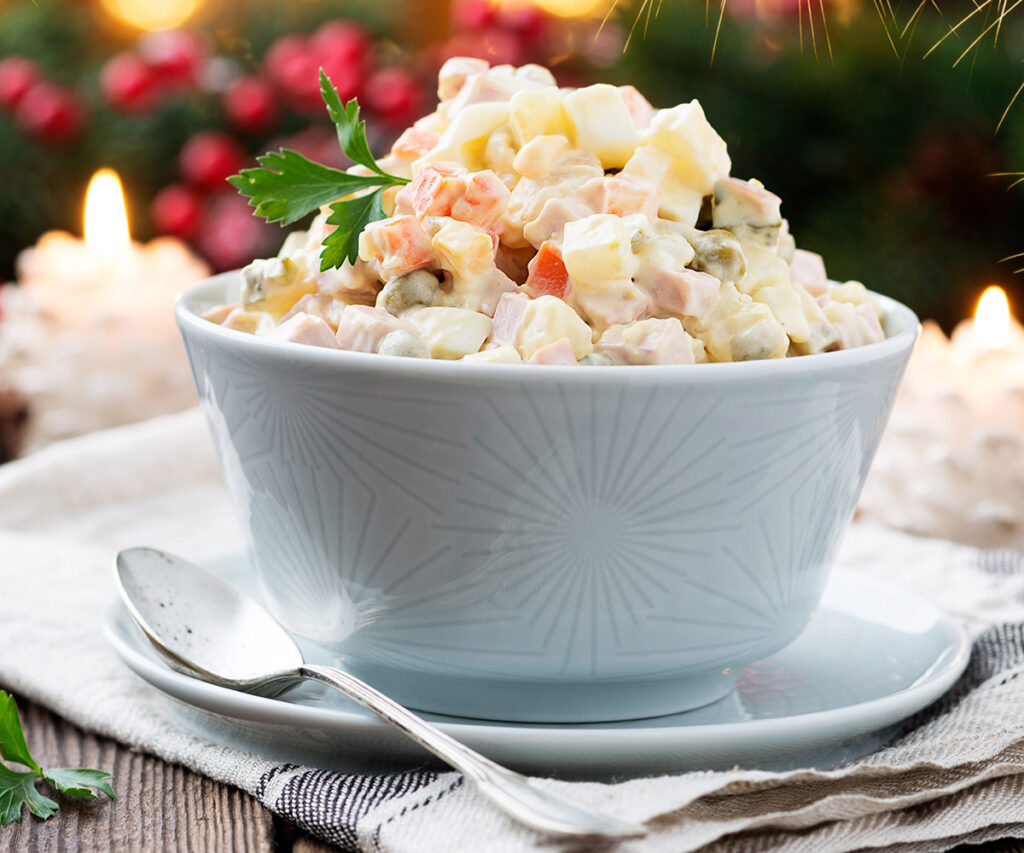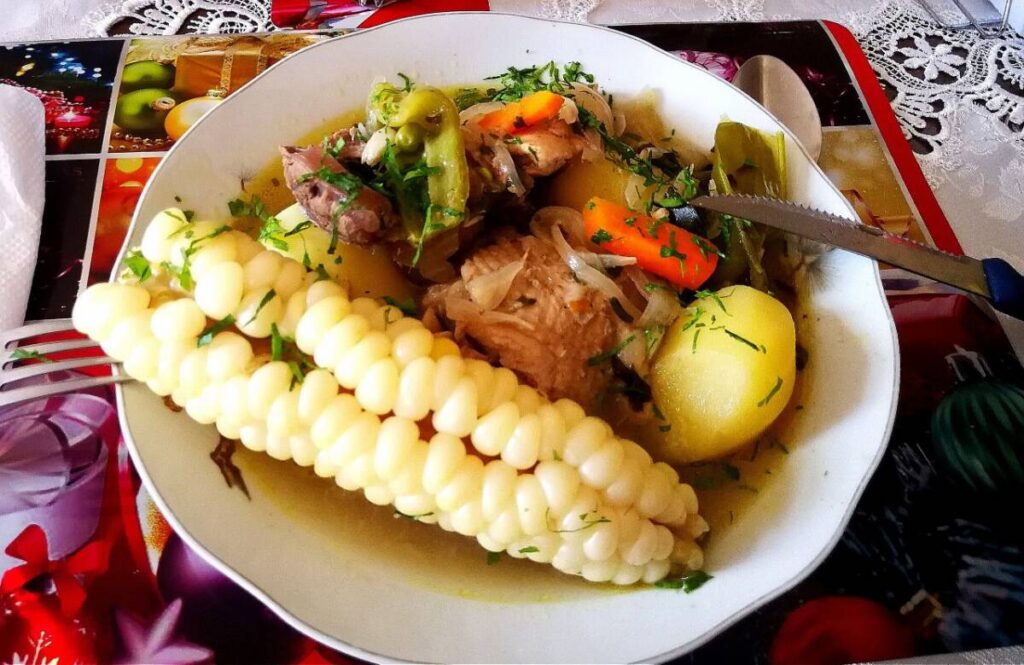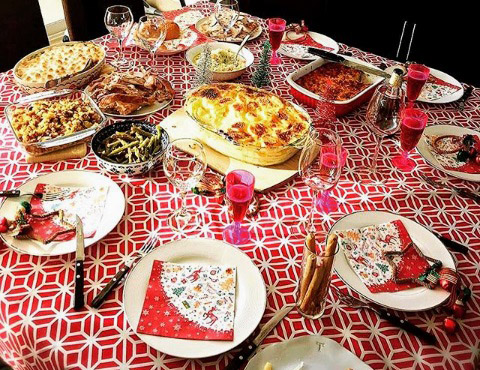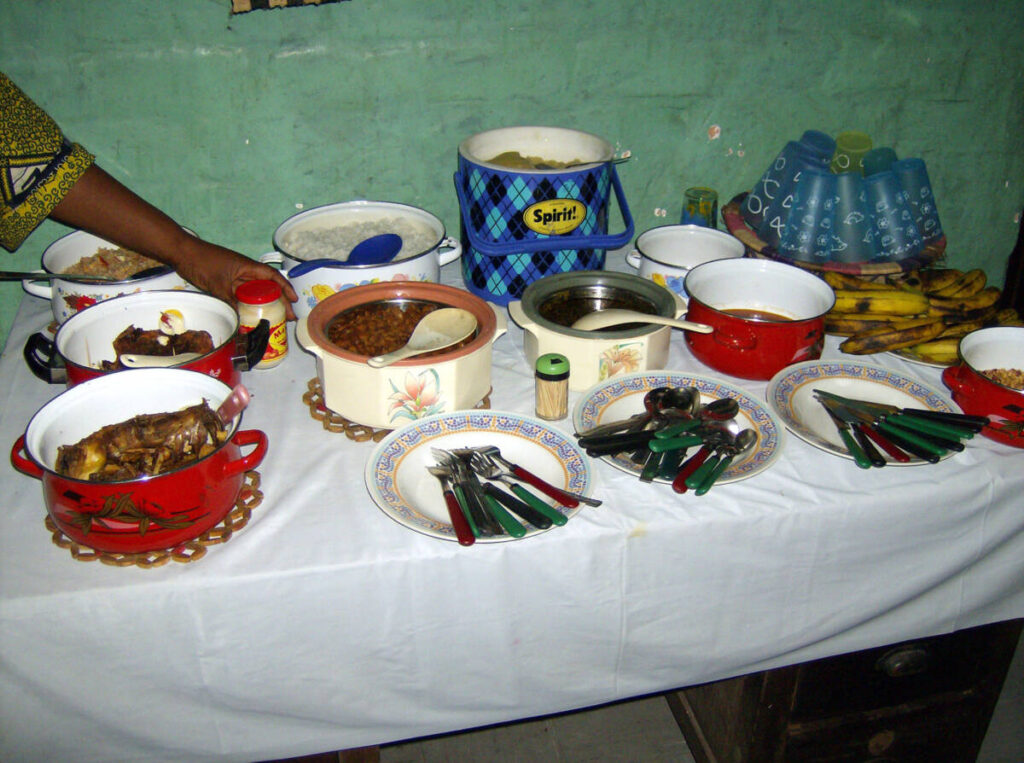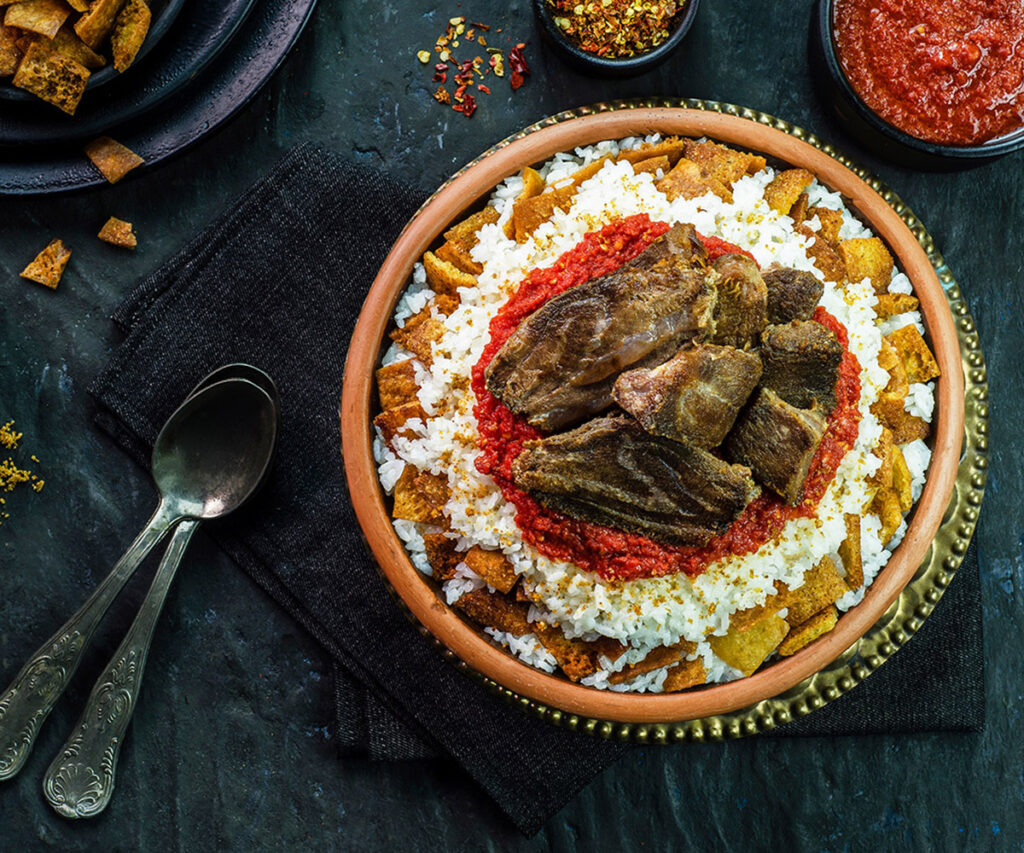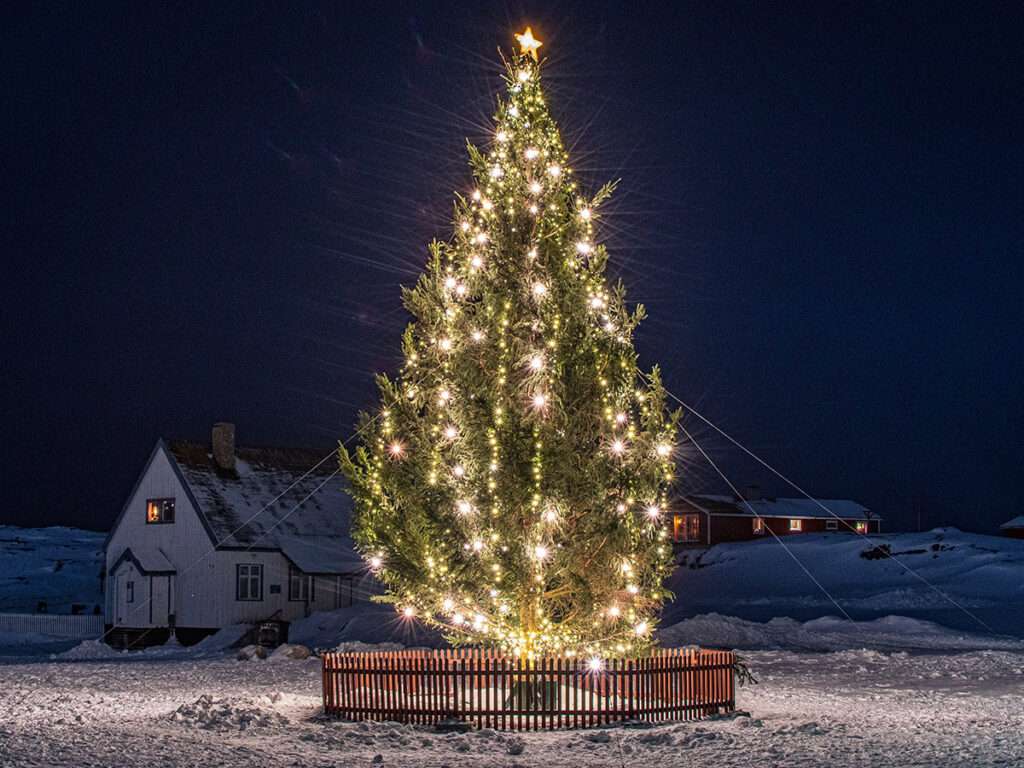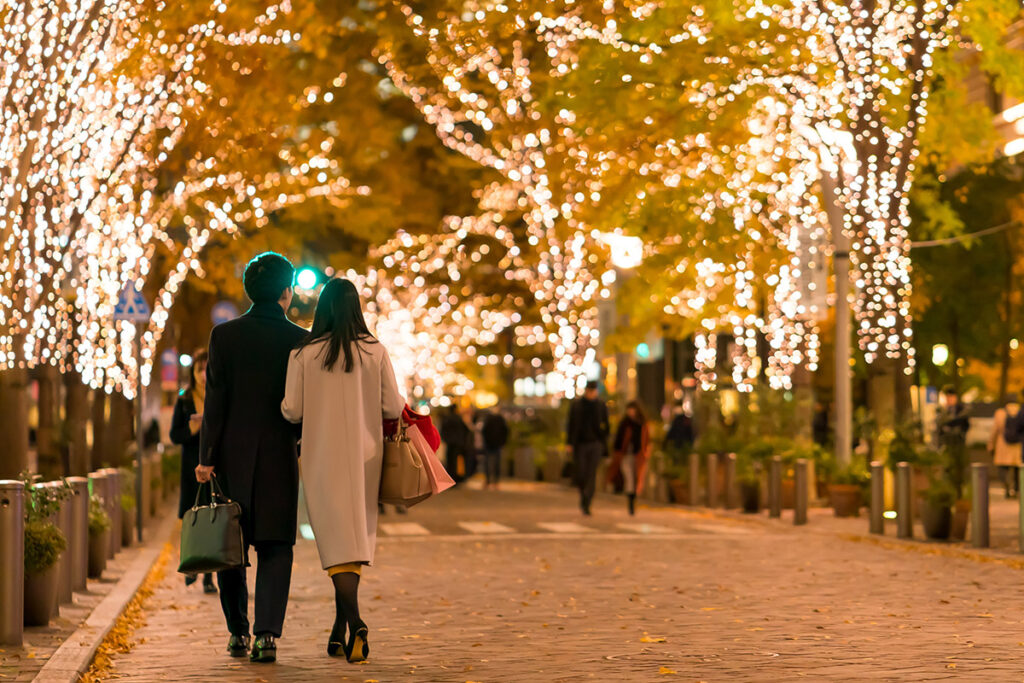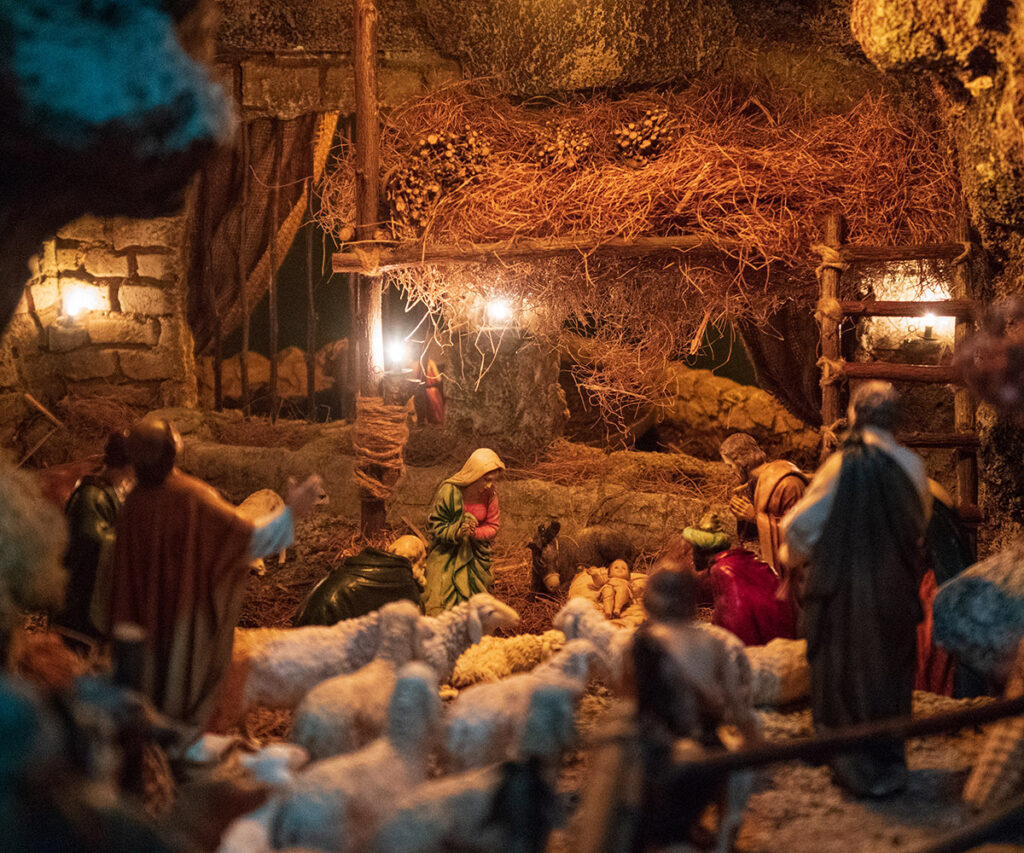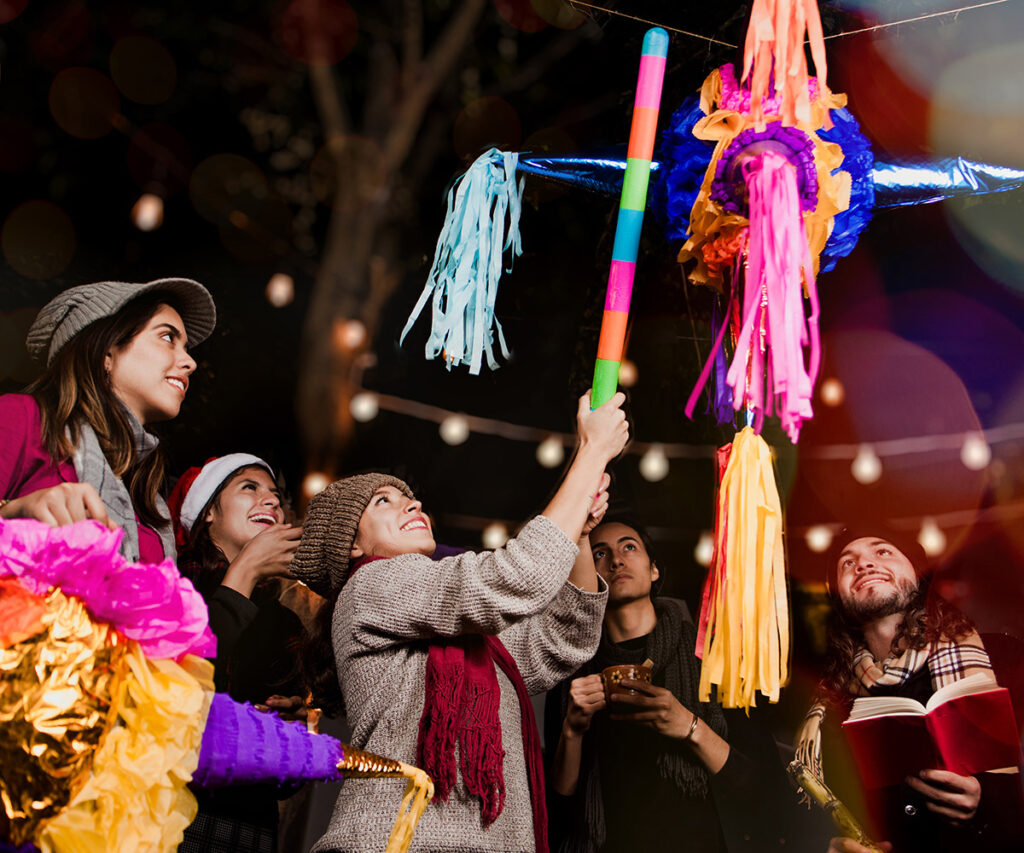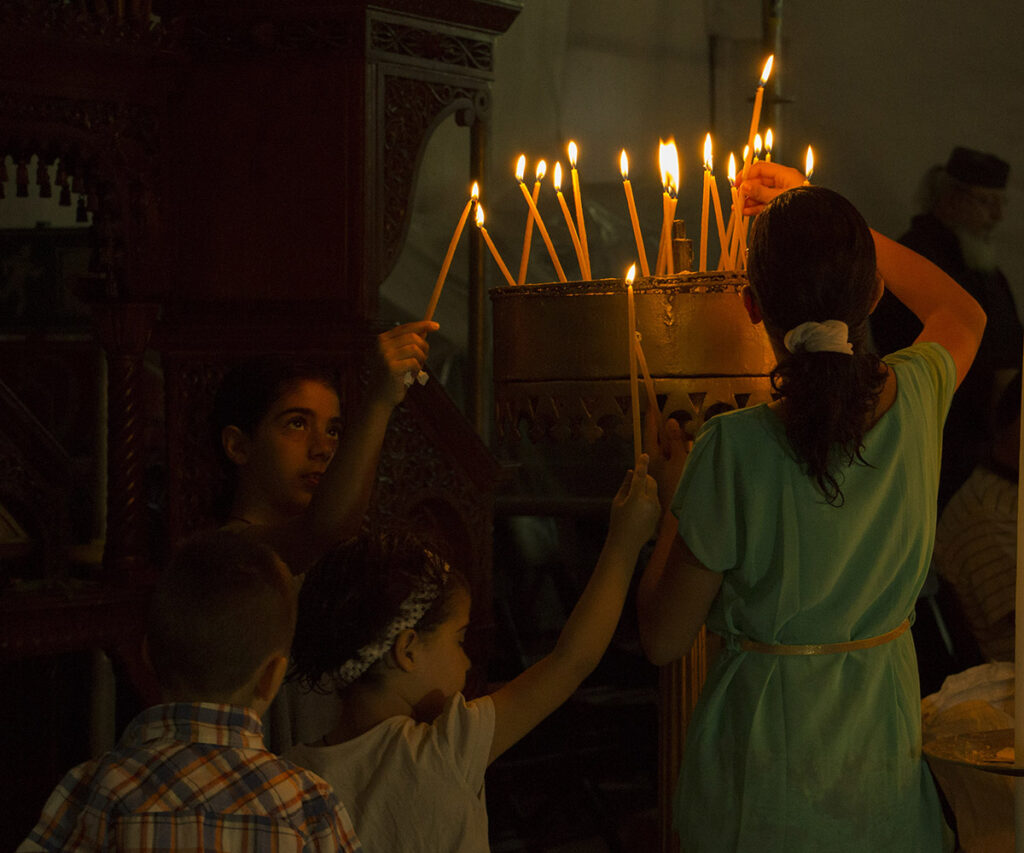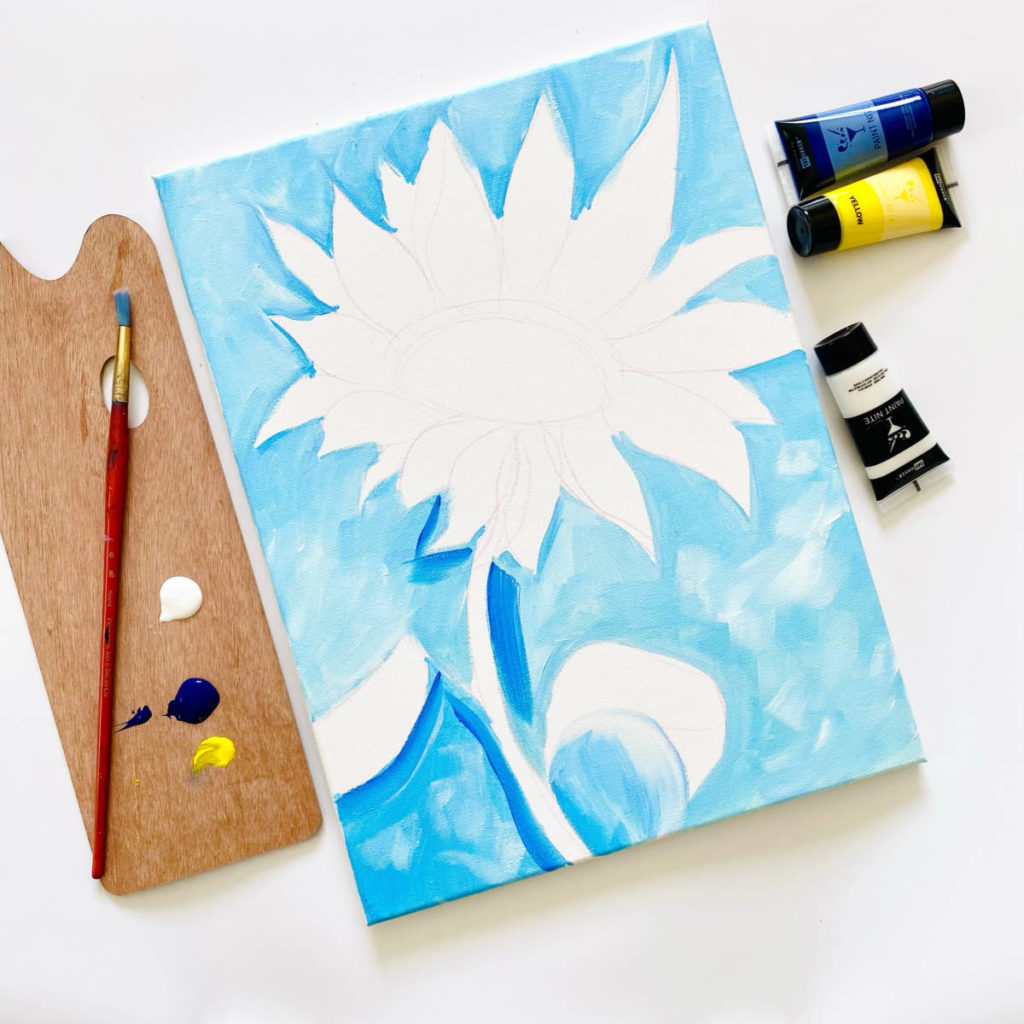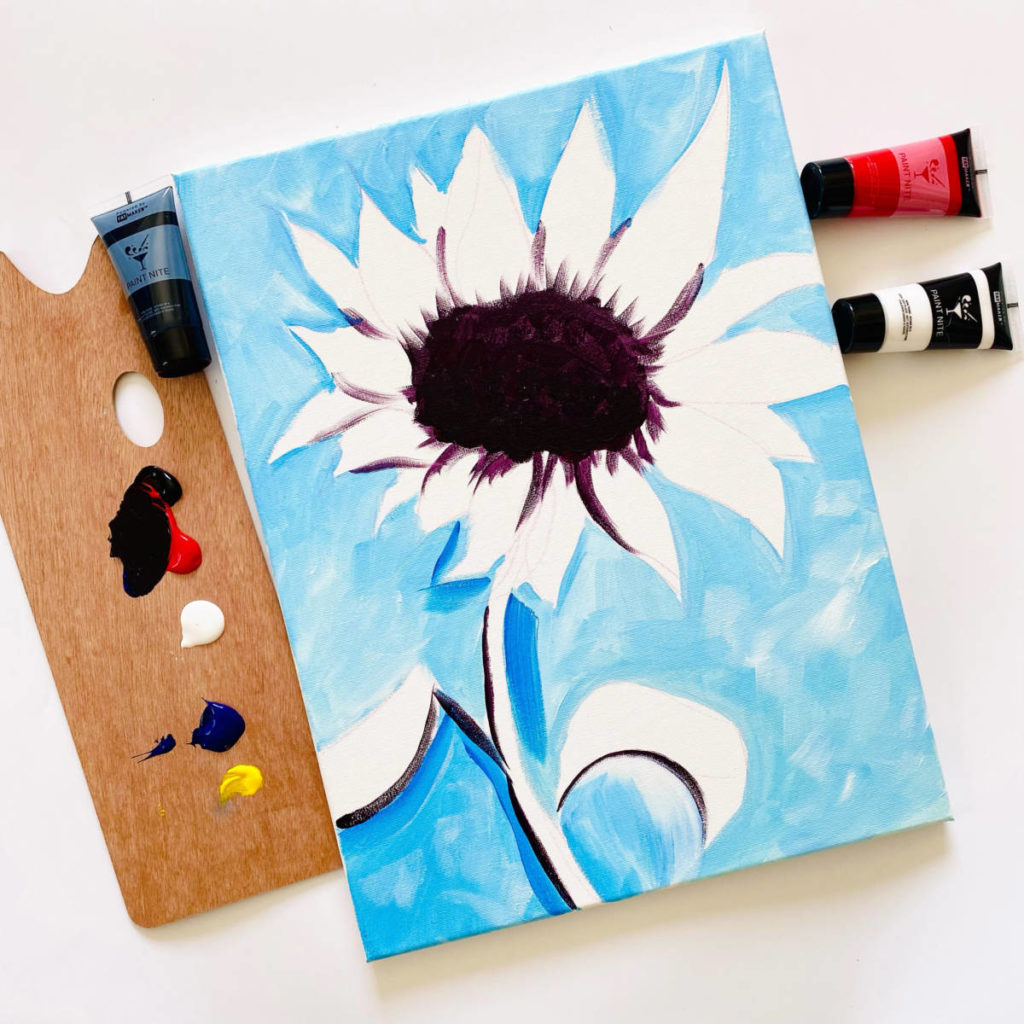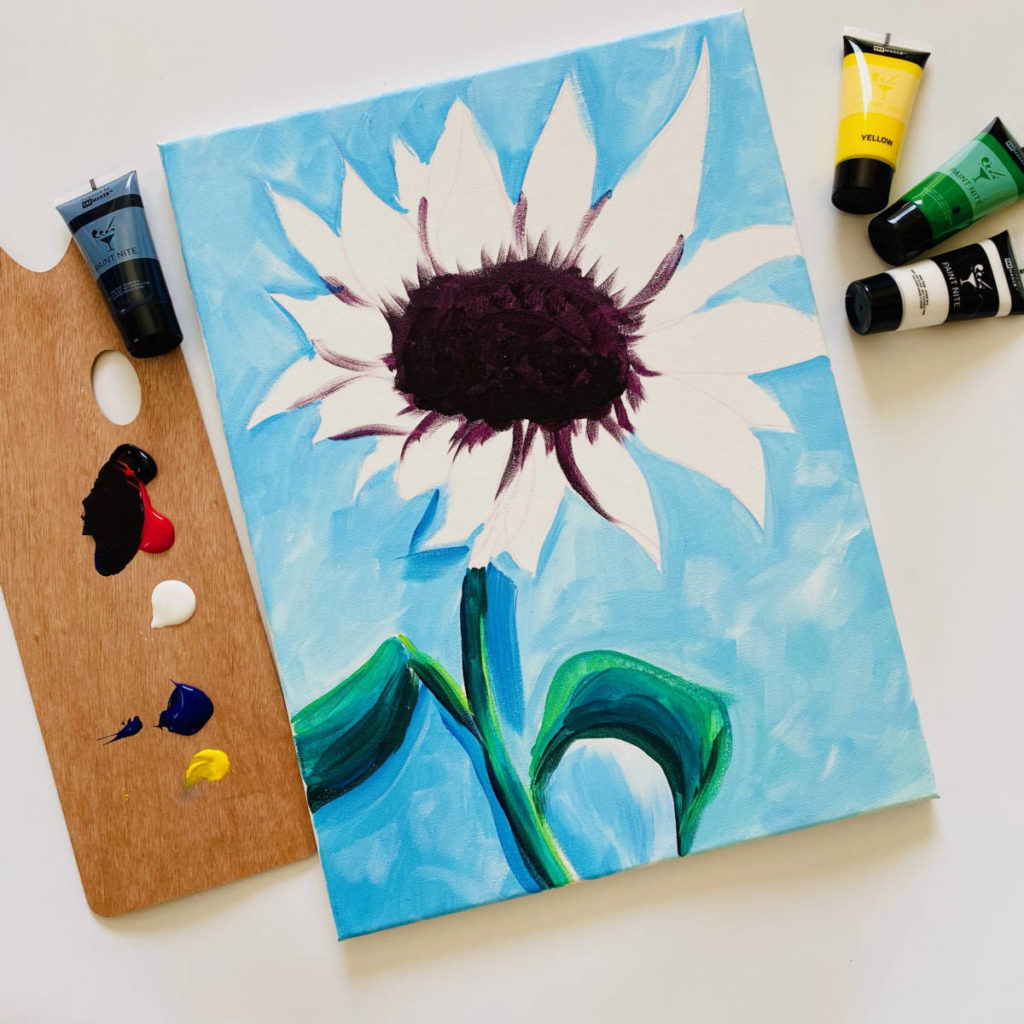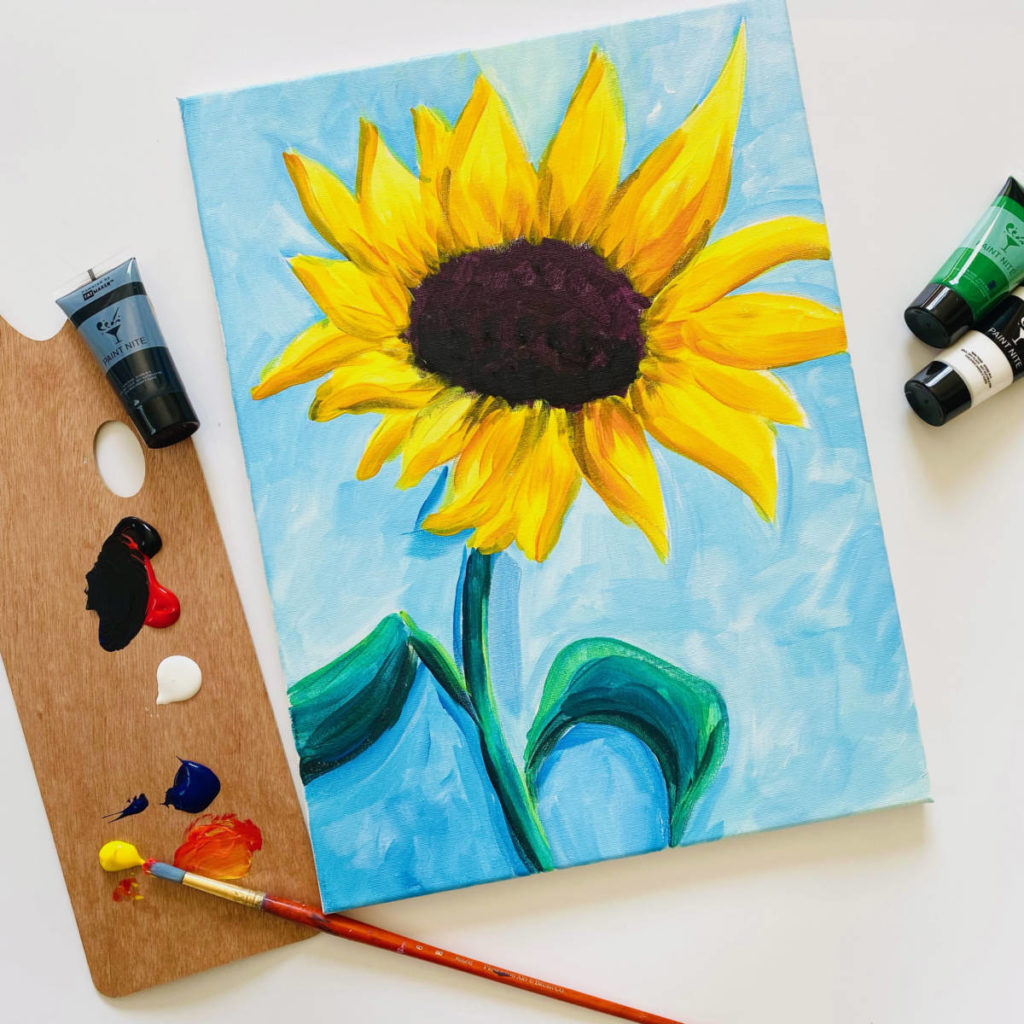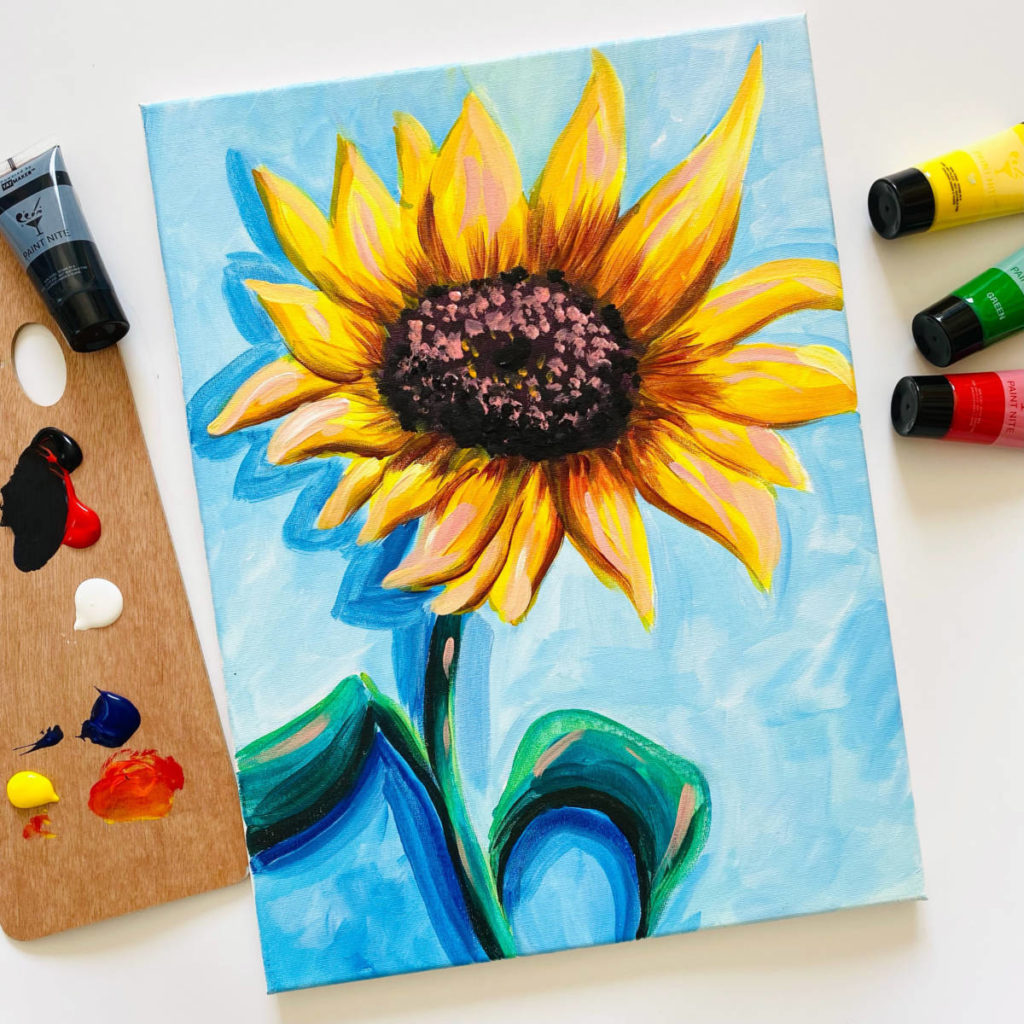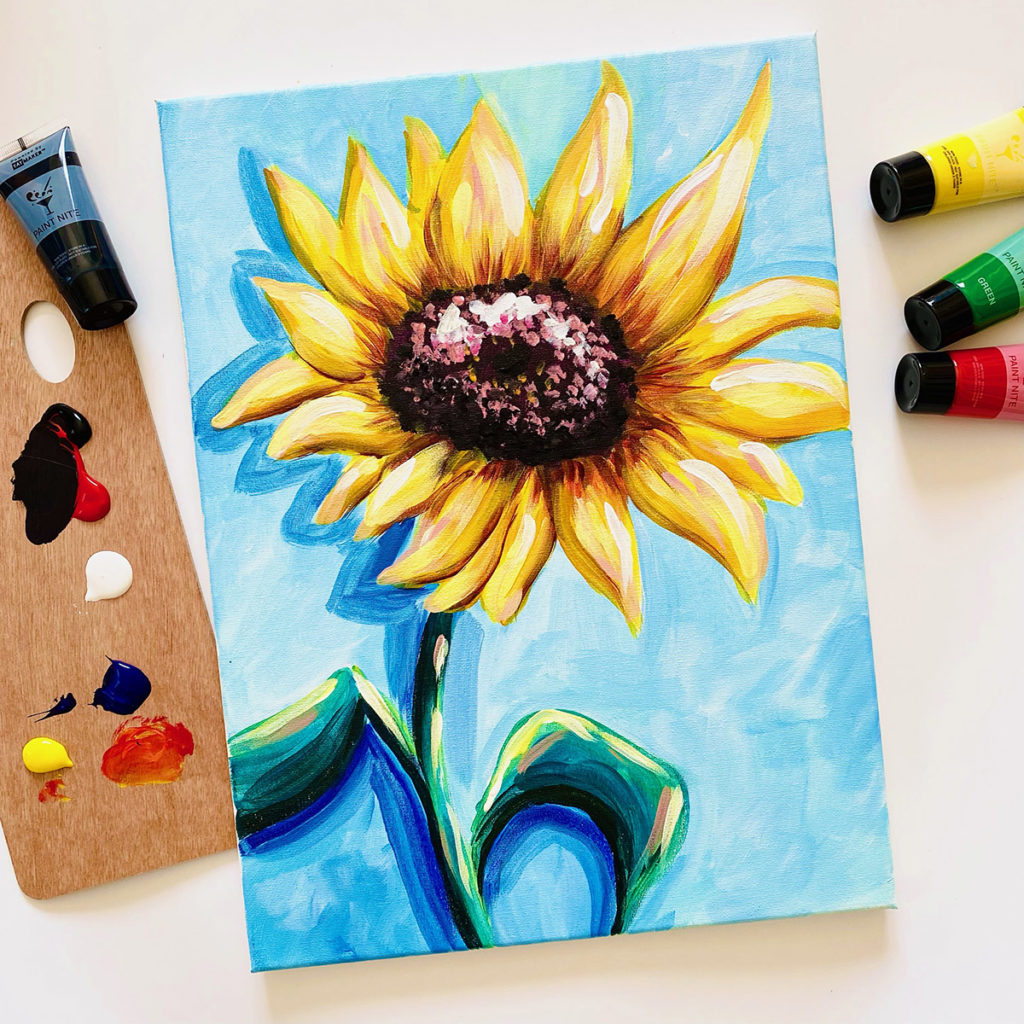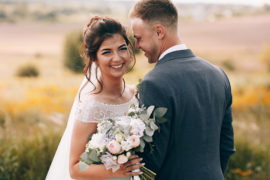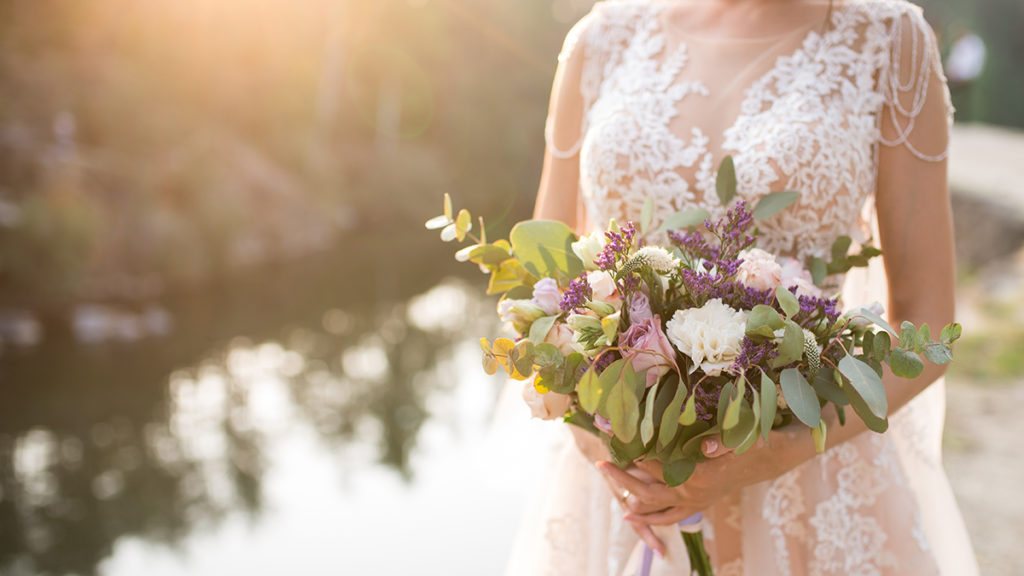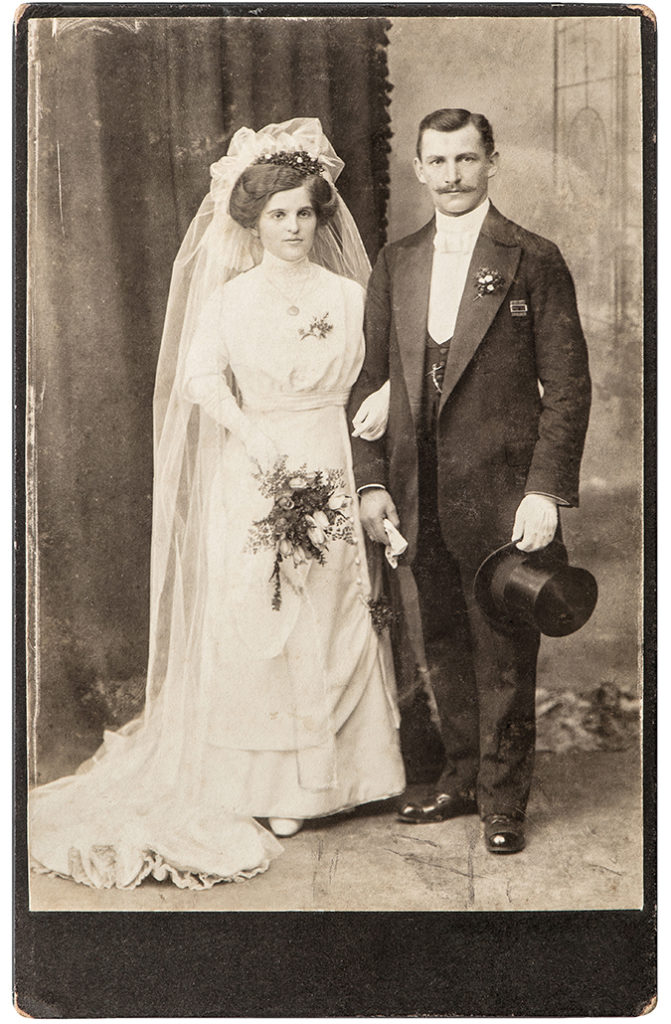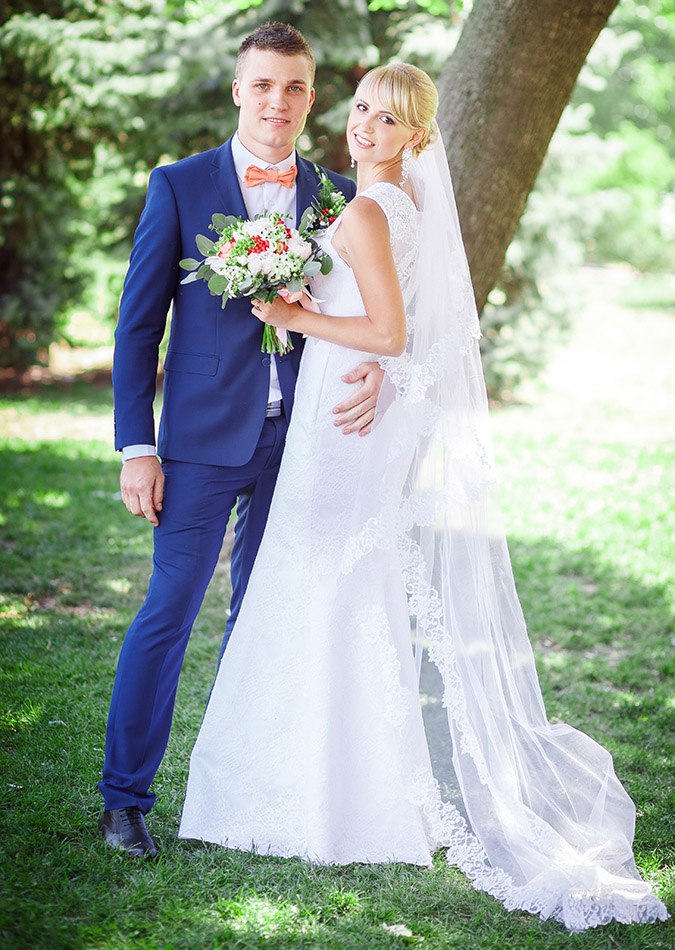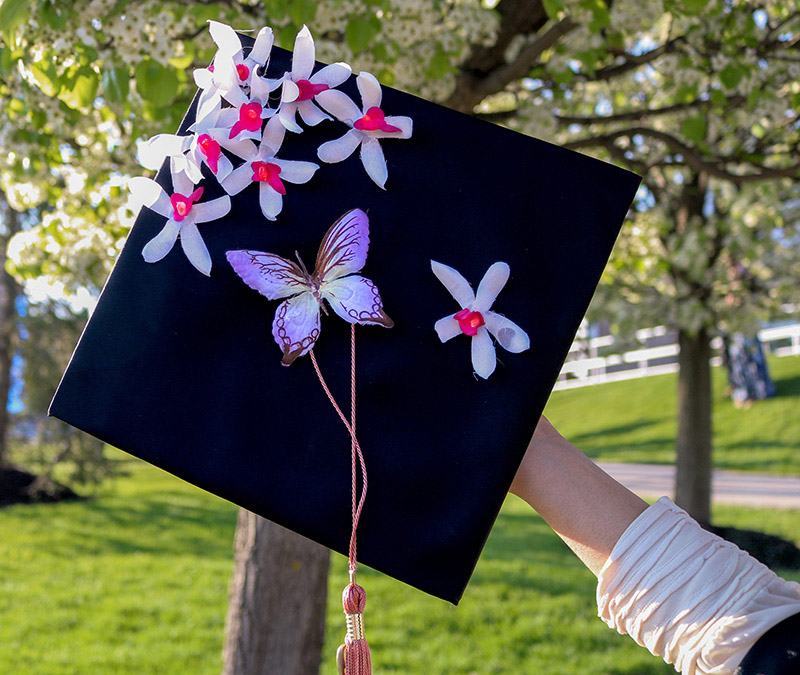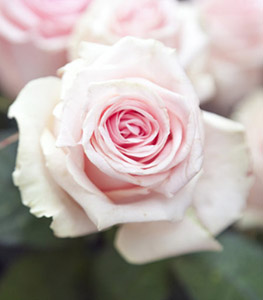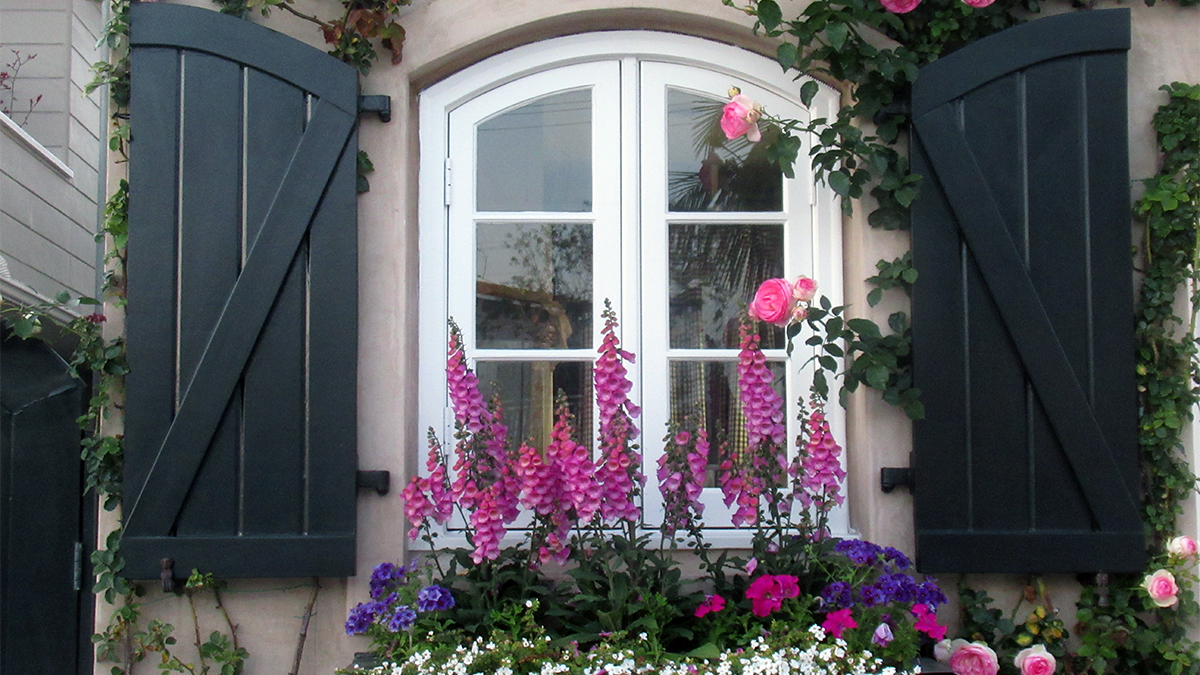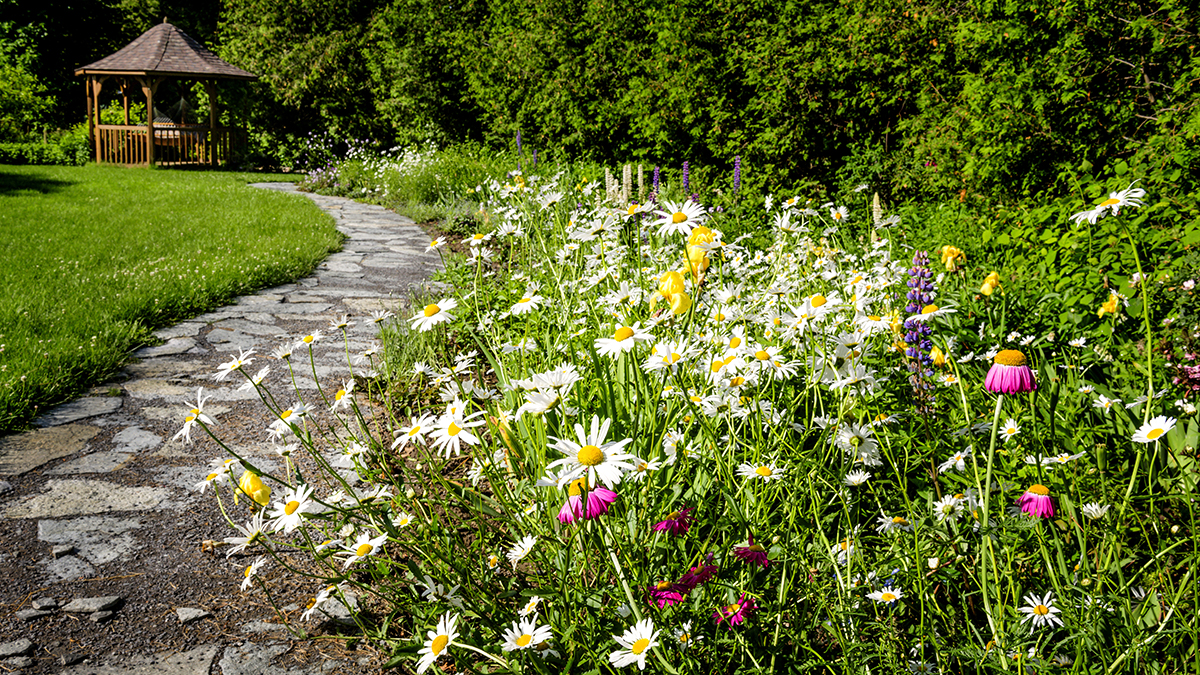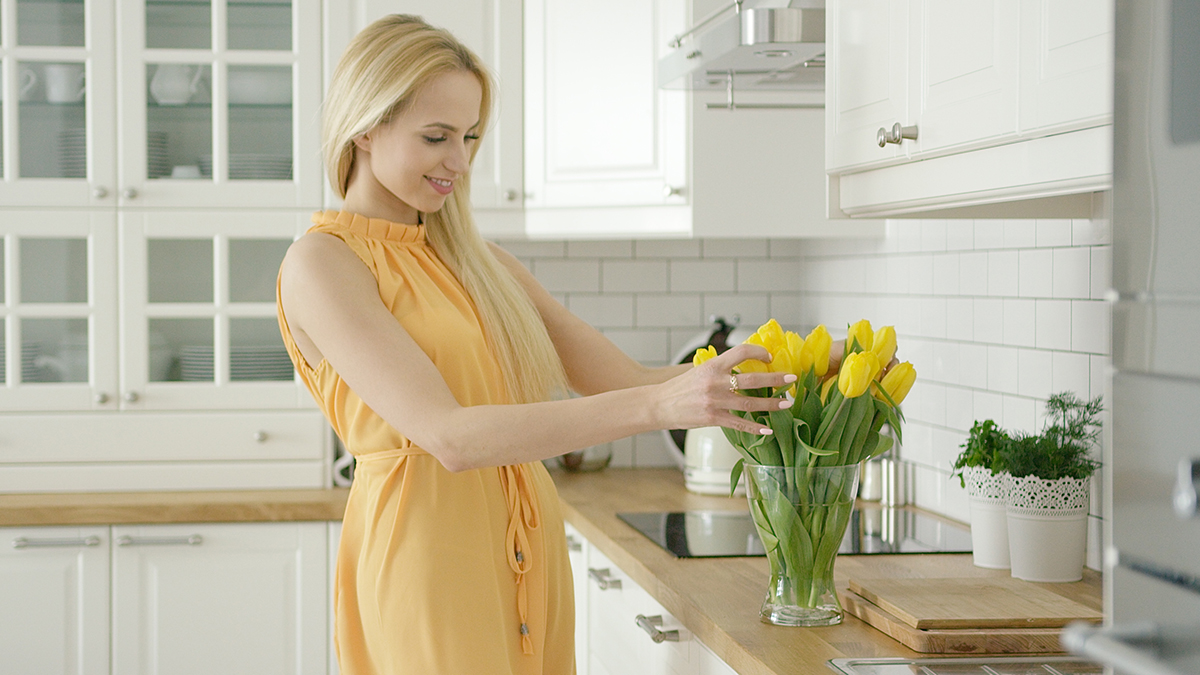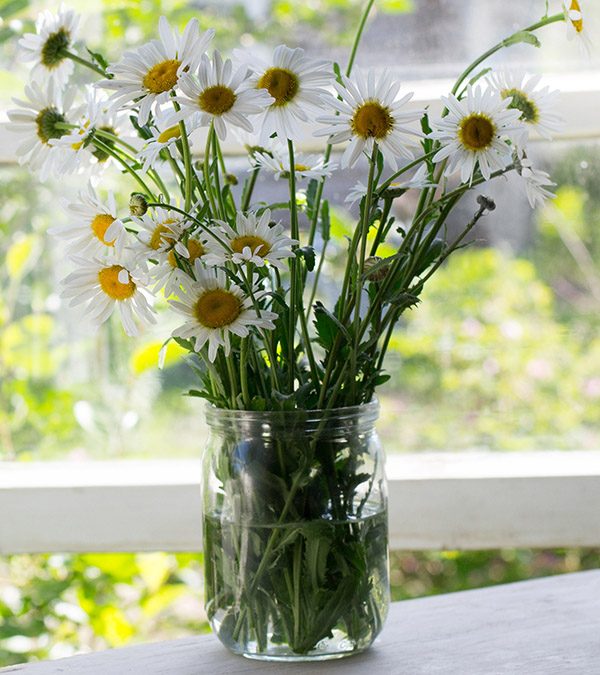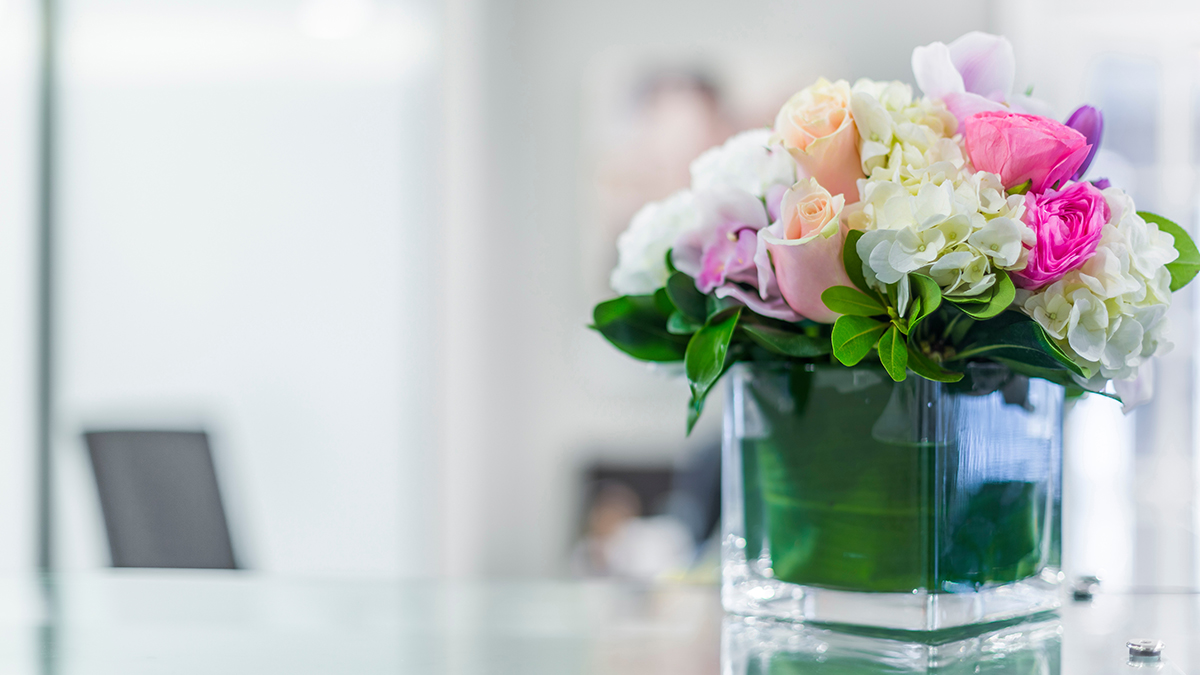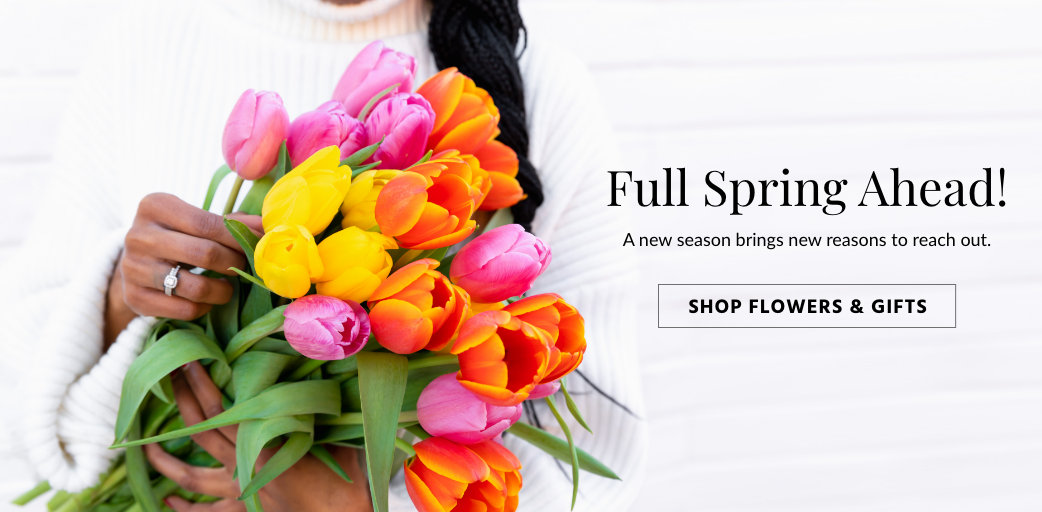Everyone loves an outdoor party, and springtime is a particularly wonderful season to host one. The garden is bursting with color, the weather is sunny and mild…why not celebrate the season with family and friends and host a gathering that is festive, fun, and oh, so pretty?
Creating a standout spring garden party should be an enjoyable experience, but it does require a bit of planning. So, to guide us through the process, we turned to Mary McCachern to share her best suggestions with us. McCachern creates dozens of tablescapes for her blog, Home Is Where the Boat Is, and after hosting numerous garden parties of her own, she has lots of ideas for how to make them special. Best of all, she believes in keeping it simple.
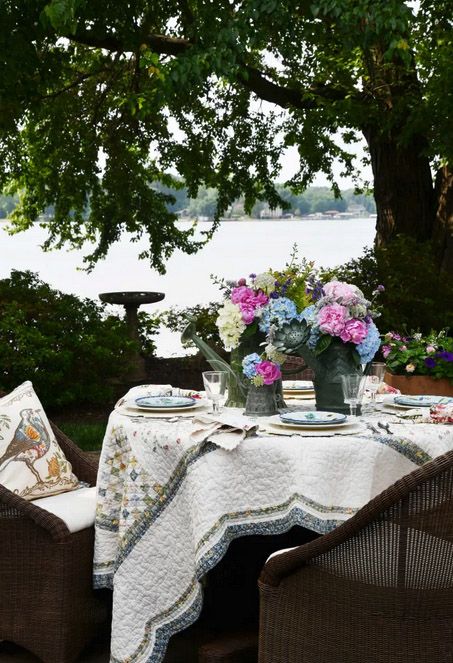
1. Location
Hot tip: You can throw a garden party even if you don’t have a garden! Select a spot in the backyard that is level and has room for tables and chairs. Define the party area with pots of flowers at each corner, or drape streamers over your patio. Make sure the area is completely dry, with no puddles or mud to mar the day.
2. Theme
Regardless of the occasion, your spring garden party will come together beautifully if you have a theme. “I love to follow a theme for a party, table, or event, whether it’s geared toward a holiday or a season,” McCachern says. She loves a springtime “Alice in Wonderland” tea party, Mad Hatter style, with antique mismatched teacups and odd clocks hung in tree branches or on the fence. Other themes to consider: garden fairies, May Day, English garden, enchanted April (Italian/Mediterranean villa), or your favorite spring garden flower, such as tulips.
Design the invitations according to your theme and consider dropping in a few dried flower petals in the envelope if you are sending via the post office.
3. Comfort
It’s so refreshing to sit outdoors with spring sunshine dappling through the trees. Ensure your guests’ comfort in simple ways they’ll really appreciate. If gnats or other pests want to join the party, set out bug repellent in personal-size bottles. McCachern also suggests citronella candles or tiki torches. “They help with bug control and also create ambiance,” she says.
Set your tables under shade trees; even in spring, the sun can wilt flowers, food, and guests quickly. No trees? Rent a few market umbrellas and a white canopy for the food area.
As the party rolls on, your guests may wish to gather in places away from the tables. McCachern likes to use colorful quilts both as tablecloths and as throws (with a few comfortable pillows) on patio furniture throughout the garden.
4. Light magic
A garden conjures magic in many ways. If your party is set for late afternoon or early evening, consider the visual magic of the glow of candlelight, fairy lights, string lights, and lanterns. Choose candles with fresh fragrance, such as lemongrass or lavender, to capture the essence of the garden. String paper lantern lights in pastel hues around a fence, gazebo, pergola, or porch.
5. Music
Playing your favorite music is one of those ideas that really personalizes your spring garden party. Think about the mood you want to set as well as the enjoyment of your guests and their tastes. Instrumental jazz and big band classics are always good choices, as are vocalists like Judy Garland or Ella Fitzgerald. Want a more artsy feeling? Play contemporary “coffee house”-style music or a mix of indie artists. Spanish guitar or chamber classical music creates a serene, timeless feeling.
6. Food & drink
Continue your theme wherever possible with the food and beverages you serve. A Mad Hatter tea party will, of course, have tea and English-style pastries, such as finger sandwiches and jam-filled cookies. For the fairy or May Day theme, offer up wonderful individual Bundt cakes and top them with miniature maypoles.
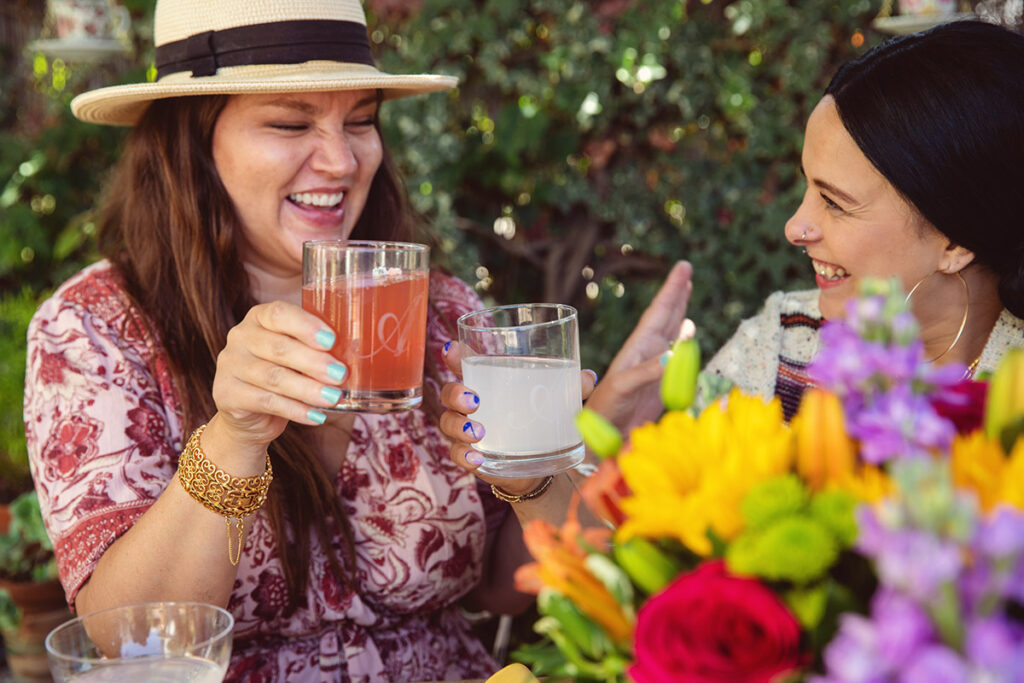
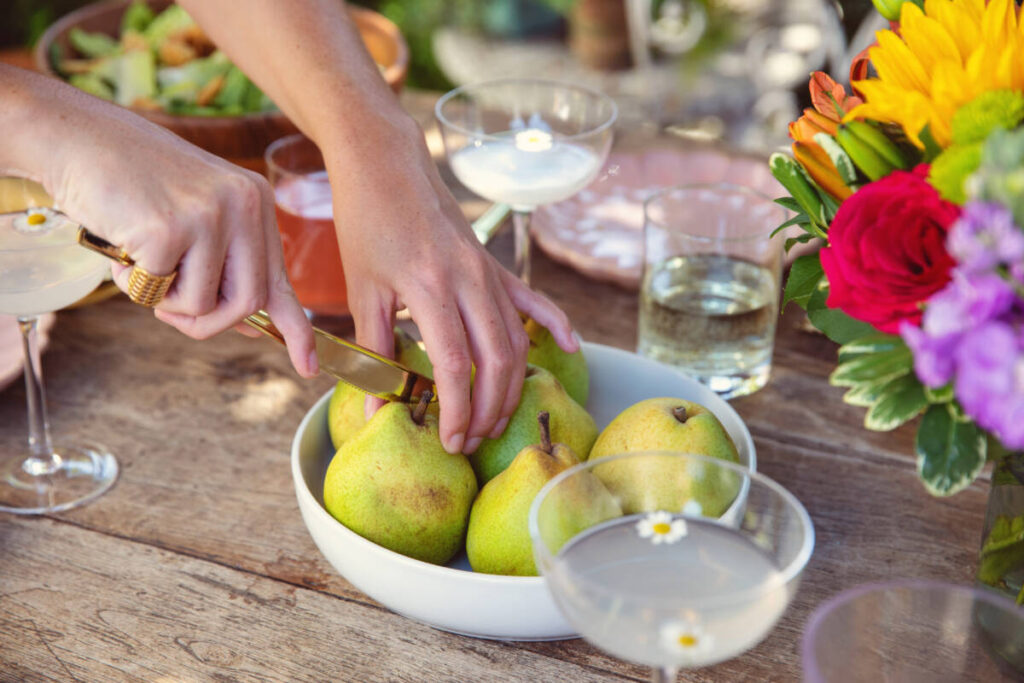
For a satisfying main course, pasta salads are ideal. Look for recipes using fresh vegetables and herbs. Combine berries, melon, and pineapple in a cut crystal bowl. Pass around chocolate-dipped strawberries for dessert.
For a cocktail party, serve refreshing beverages in mason jars, which have a casual, countryside appeal. Concoct a special mixed drink, such as this grapefruit lime paloma, that is just right for the season. Serve wine in personalized wine glasses with a floral theme, or offer wine glass charms that you can customize with any photos you choose. (These make great party favors, too!)
7. Table settings
From your tablecloth to your centerpiece, the table settings are the most fun. McCachern’s blog is full of whimsical, wonderful tablescape ideas, including this one for a casual garden party that uses decorative watering cans. Bring out smaller ones for individual tables, and cluster larger ones for the food table. Fill with blooms and continue the garden theme with antique flower-sprigged napkin rings and serveware.
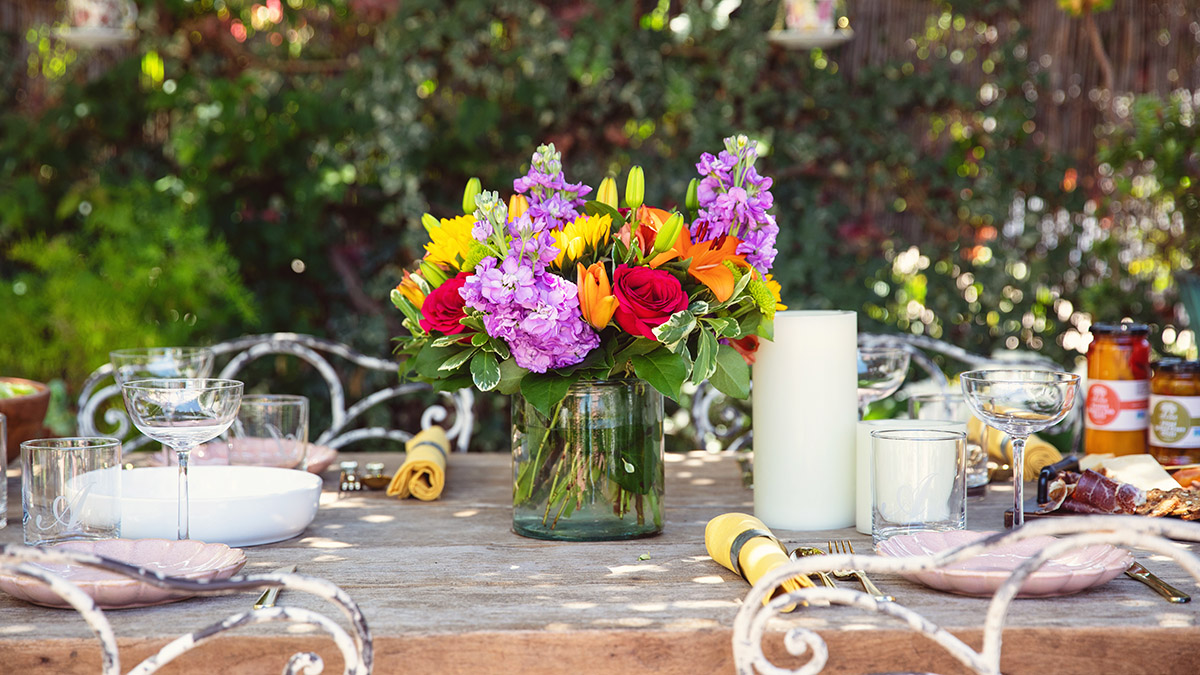
For the enchanted April theme, look for cotton tablecloths with colorful Mediterranean, Turkish, or Moroccan patterns. Pair napkins with butterfly napkin rings in complementary colors. You can even lay down rugs and poofy pillows, inviting guests to eat picnic-style at a low table.
8. Party decorations
Pick up the colors of your garden in your decorations. These may include garden flags, bunting, balloons, and props. Props can be anything that deepens the theme, from signage to accessories the guests can bring home. For example, a garden fairies party might have flower crowns created for each guest, hanging on the chair backs. For a May Day theme, create a colorful maypole at the center of your party, and top it with a cluster of fresh flowers.
A simple but most appreciated decorating idea is windchimes. Delight your guests’ eyes and ears with these beautiful outdoor musical instruments. The gentle tinkle of windchimes swaying from trees and patio eaves will delight guests and add natural “background music” to the event.
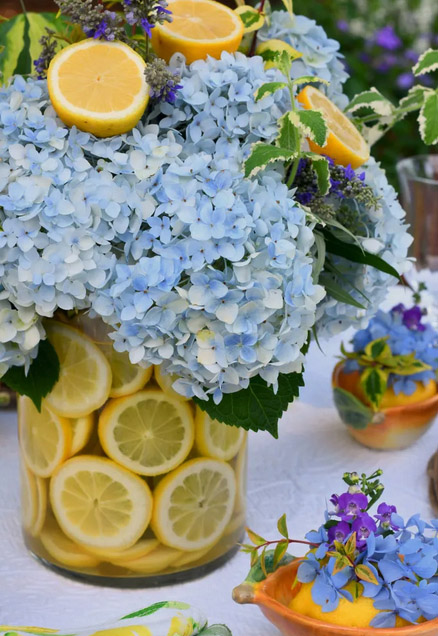
9. Floral décor
You can do so many things with fresh flowers! If you have a cutting garden, then by all means incorporate your own daffodils, tulips, and irises into the arrangements. Ferns, eucalyptus, and ivy are great for greenery. Fill in the gaps with purchased flowers and look for creative vessels. “I like to think outside the vase,” McCachern says. She uses vintage holders, such as watering cans, honey tins, and hat boxes, to complement her themes. Another pretty technique is lining a glass vase with cut lemons.
10. Favors
Keep your party favors natural and simple, in keeping with the outdoor joy of your party. Useful and memorable tokens will remind your guests of the lovely spring garden party you hosted. Some suggestions include: small vanilla-scented jar candles, wood personalized coasters, a tiny starter succulent plant, flower crowns, and personalized glassware.
